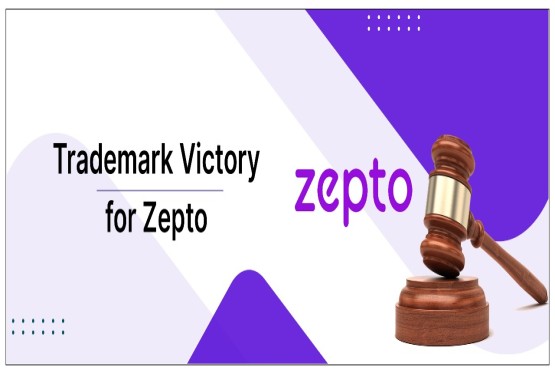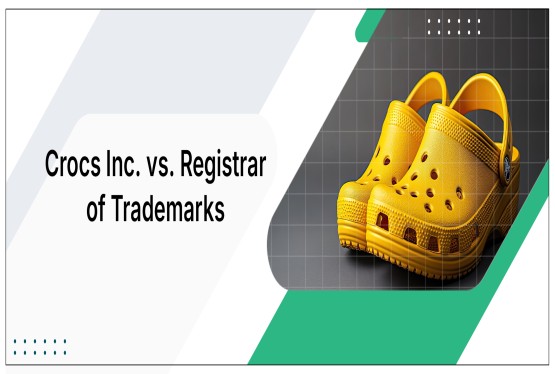Introduction
The case of Starbucks vs Sardarbuksh has gained significant attention in the legal and business world due to its implications on trademark infringement. Starbucks, a global coffee giant, filed a lawsuit against Sardarbuksh, an Indian coffee chain, alleging that the latter's name and logo were deceptively similar to Starbucks, causing confusion among consumers. This article aims to provide a comprehensive analysis of the case, highlighting the legal arguments, key judgments, and the overall impact on trademark law.
Background
Starbucks, known for its distinctive green logo and mermaid emblem, has established itself as a leading coffee brand across the globe. With a strong presence in India, Starbucks alleged that Sardarbuksh's name and logo, which features a similar colour scheme and font, were likely to confuse consumers into believing that Sardarbuksh was affiliated with or endorsed by Starbucks. The lawsuit claimed trademark infringement, passing off, and dilution of the Starbucks brand.
Legal Arguments
Starbucks argued that Sardarbuksh's use of a similar name and logo would create a likelihood of confusion among consumers, leading to a dilution of the Starbucks brand and potential loss of business. They contended that Sardarbuksh's actions constitute trademark infringement under the Trade Marks Act, 1999. On the other hand, Sardarbuksh defended its use of the name and logo, asserting that it was a play on the words "Sardar" (a term used to refer to Sikh men) and "buksh" (meaning "gift" in Punjabi), and had no intention to imitate or deceive consumers.
Key Judgements
The court, in its analysis, considered several factors to determine whether Sardarbuksh's use of the name and logo amounted to trademark infringement. It examined the visual and phonetic similarities between the two marks, the nature of the goods and services offered, the target consumer base, and the overall likelihood of confusion.
The court also considered the reputation and distinctiveness of the Starbucks brand in India. In its judgement, the court held that Sardarbuksh's name and logo were indeed deceptively similar to Starbucks, creating a likelihood of confusion among consumers. It found that Sardarbuksh's use of the name and logo was likely to weaken the distinctiveness of the Starbucks brand and cause damage to its reputation. The court ordered Sardarbuksh to cease using the infringing name and logo and awarded damages to Starbucks for the losses suffered.
Impact on Trademark Law
The Starbucks v. Sardarbuksh case has significant implications for trademark law in India. It strengthens the importance of protecting well-known brands from unauthorized use or imitation. The judgement highlights the need for businesses to conduct thorough trademark searches and ensure that their branding does not infringe upon existing trademarks. It also emphasizes the courts' willingness to protect the reputation and distinctiveness of established brands, even in cases where the defendant claims innocent adoption or cultural significance.
Reasoning
The judgement in Starbucks v. Sardarbuksh relied on various legal provisions and precedents to reach its conclusion. The court referred to Section 29(4) of the Trade Marks Act, which states that the use of an identical or similar mark to a well-known trademarks, even for dissimilar goods, can constitute infringement if it takes unfair advantage of or is detrimental to the distinctive character or reputation of the registered trademark. The court also considered the principles laid down in previous cases such as Mahashian Di Hatti Ltd. v. Raj Niwas, Beiersdorf A.G. v. Ajay Sukhwani and mainly on the case of National Sewing Thread Co. Ltd. vs. James Chadwick and Bros.
Conclusion
The Starbucks v. Sardarbuksh case serves as a reminder of the importance of protecting trademarks and the potential consequences of unauthorized use or imitation. It highlights the need for businesses to conduct thorough due diligence before adopting names or logos that may resemble well-known brands. The judgement sets a precedent for the courts' willingness to protect established brands and maintain the distinctiveness and reputation associated with them. Overall, this case has contributed to the development of trademark law in India and provides valuable insights for businesses and legal professionals in understanding the complexities of trademark infringement and the importance of brand protection.
Do you also think that your Registered mark is used by some other firm for their benefit? You can file a trademark infringement case today with the help of Compliance Calendar LLP. We will not only help you register your trademark but also protect your mark at all the stages of registration. For any further clarifications and suggestions, kindly connect on 9988424211 or mail at info@ccoffice.in.
Frequently asked Questions
-
What constitutes trademark infringement?
Trademark infringement occurs when a party uses a mark that is identical or similar to a registered trademark in connection with goods or services without authorization, leading to confusion among consumers about the source of the products or services.
-
How can I determine if my trademark is being infringed upon by another party?
Signs of trademark infringement include the unauthorized use of a similar name, logo, or design that may cause confusion among consumers. Conducting regular monitoring of the market and online platforms can help identify potential infringements.
-
What steps should I take if I believe my trademark is being infringed upon?
If you suspect trademark infringement, you should first gather evidence of the unauthorized use of your mark. Then, consult with a trademark attorney to discuss potential legal actions.
-
What legal remedies are available for trademark infringement?
Legal remedies for trademark infringement may include injunctive relief to stop the unauthorized use of the mark, monetary damages to compensate for losses suffered, and in some cases, the destruction of infringing goods or materials.
-
How can I protect my trademark from infringement?
To protect your trademark, it's essential to register it with the trademark registry. Regularly monitor the market for unauthorized use of your mark and take prompt action against infringers. Additionally, consider trademark attorneys to protect your mark.
-
What factors do courts consider when determining trademark infringement cases?
Courts consider various factors, including the similarity of the marks, the nature of the goods or services, the strength of the mark, the likelihood of confusion among consumers, and any evidence of intentional infringement or bad faith.






























_(b)_of_the_Trademark_Act,_1999_(1)_crop10_thumb.jpg)



_crop10_thumb.jpg)



























_crop10_thumb.jpg)
_crop10_thumb.jpg)






_crop10_thumb.jpg)








_crop10_thumb.jpg)
_crop10_thumb.jpg)



_crop10_thumb.jpg)





























_crop10_thumb.jpg)

















_crop10_thumb.jpg)






_crop10_thumb.jpg)












































































































































_crop10_thumb.jpg)




































_crop10_thumb.jpg)












_crop10_thumb.jpg)






















